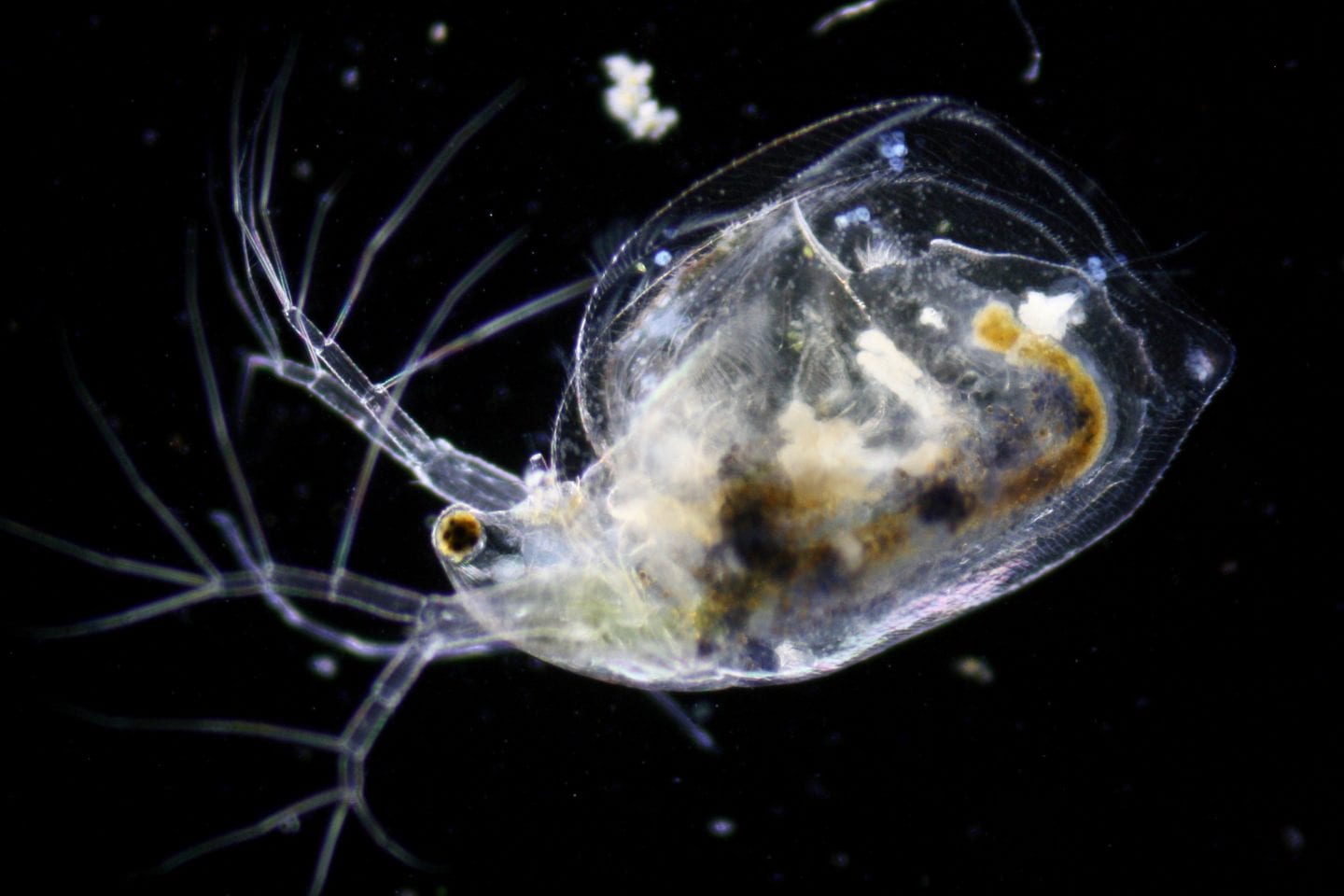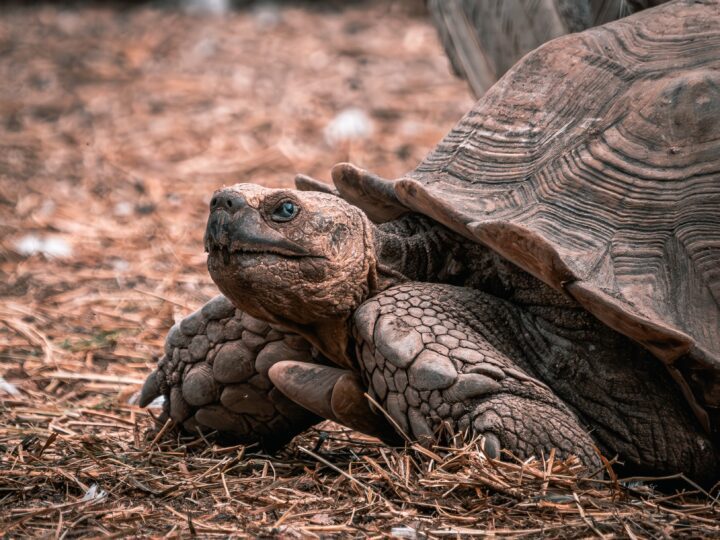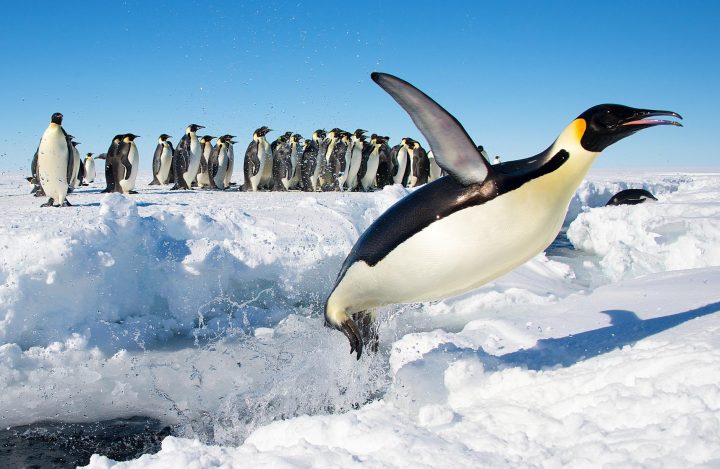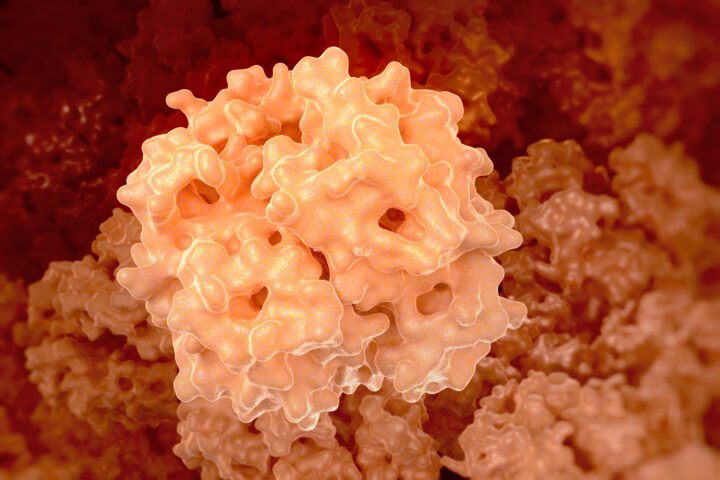Optimize Shape/Materials
Resources are limited and the simple act of retaining them requires resources, especially energy. Living systems must constantly balance the value of resources obtained with the costs of resources expended; failure to do so can result in death or prevent reproduction. Living systems therefore optimize, rather than maximize, resource use. Optimizing shape ultimately optimizes materials and energy. An example of such optimization can be seen in the dolphin’s body shape. It’s streamlined to reduce drag in the water due to an optimal ratio of length to diameter, as well as features on its surface that lie flat, reducing turbulence.
Adapt Behaviors
The environment is constantly changing, and if living systems can’t adapt to these changes, they don’t survive. Environmental changes can be cyclic such as seasons, sudden such as floods or forest fires, or gradual but long-term, such as ecosystems shifting from early to mature stages. These changes require some flexibility in behavioral responses to match the specific conditions. For example, as a fish called the lamprey swims, it constantly faces changes in currents. Skin sensors help it detect those changes and adjust its motion accordingly.
Physically Assemble Structure
Living systems use physical materials to create structures to serve as protection, insulation, and other purposes. These structures can be internal (within or attached to the system itself), such as cell membranes, shells, and fur. They can also be external (detached), such as nests, burrows, cocoons, or webs. Because physical materials are limited and the energy required to gather and create new structures is costly, living systems must use both conservatively. Therefore, they optimize the structures’ size, weight, and density. For example, weaver birds use two types of vegetation to create their nests: strong, a few stiff fibers and numerous thin fibers. Combined, they make a strong, yet flexible, nest. An example of an internal structure is a bird’s bone. The bone is comprised of a mineral matrix assembled to create strong cross-supports and a tubular outer surface filled with air to minimize weight.
Capture, Absorb, or Filter Solids
Some living systems must secure solid particles such as sediment, usually to keep the particles from hindering their health or activity. The most common way in which they do this is through filtering. To be effective, a filtering system must be appropriate to the sizes of solid particles to be captured and must capture only what is needed. It must also be effective in the appropriate media–air, water, or sometimes solids like soil. An example is mangroves, which are trees that grow along ocean coasts. Their root system slows down and settles sediment out of the water, building up soil to support the mangrove ecosystem.
Move in/on Liquids
Water is not only the most abundant liquid on earth, but it’s vital to life–so it’s no surprise that the majority of life has evolved to thrive on and under its surface. Moving efficiently in and on this dense and dynamic substance presents unique challenges and opportunities for living systems. As a result, they have evolved countless solutions to optimize drag, utilize surface tension, fine tune buoyancy, and take advantage of various types of currents and fluid dynamics. For example, sharks can slide through water by reducing drag due to their streamlined shape and specially shaped features on their skin.






